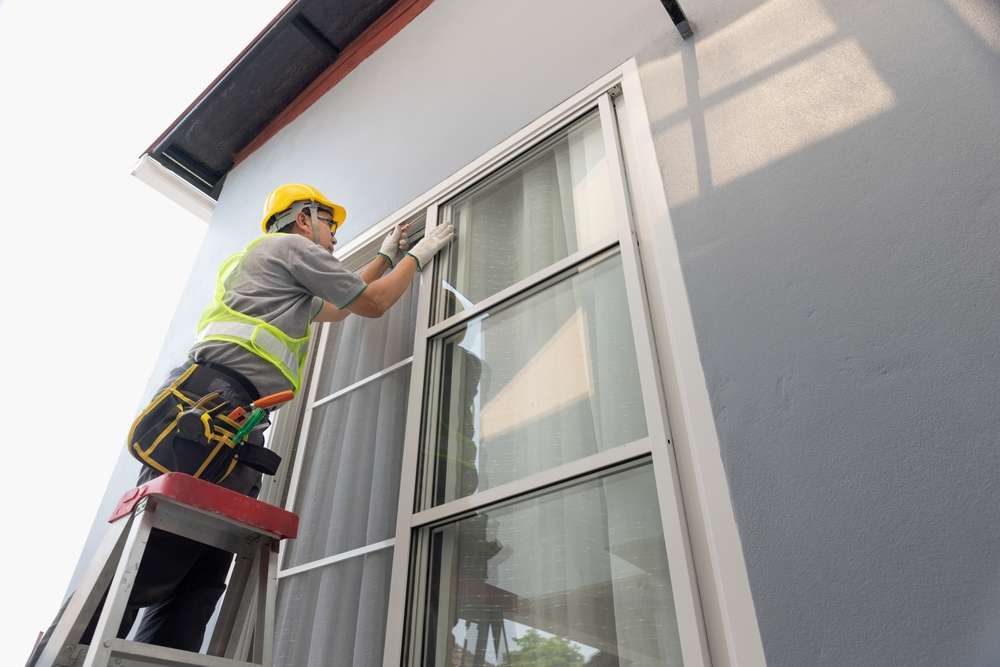A Comprehensive Guide to Composite Front Entry Doors: Selection, Installation, and Maintenance
Composite front entry doors have become increasingly popular due to their durability, energy efficiency, and aesthetic appeal. These doors combine various materials to create a robust entrance solution that can withstand diverse weather conditions while maintaining an attractive appearance. Understanding the key aspects of selecting, installing, and maintaining these doors is essential for homeowners looking to enhance their home's curb appeal and security.

What Should You Consider When Choosing Composite Front Entry Doors?
When selecting a composite front entry door, several crucial factors deserve attention. First, consider the door’s construction quality, including the core material and exterior finish. Look for doors with high-density polyurethane cores that provide excellent insulation. The door’s style should complement your home’s architecture, and the finish should resist fading, scratching, and weathering. Additionally, evaluate the warranty terms, as quality manufacturers typically offer comprehensive coverage spanning 10-25 years.
How Do You Inspect Composite Front Entry Doors for Quality and Durability?
Quality assessment of composite doors requires a systematic approach. Check the door’s weight – a well-constructed composite door should feel substantial. Examine the surface for consistent coloring and texture, ensuring no visible seams or joints. Test the door’s core by knocking – it should produce a solid, not hollow, sound. Inspect the weather stripping and ensure it creates a tight seal when closed. Look for reinforced lock blocks that provide secure mounting points for hardware.
What Tools and Skills Are Needed for Installing Composite Front Entry Doors?
Installation requires specific tools and intermediate to advanced DIY skills. Essential tools include:
-
Level and tape measure
-
Power drill with various bits
-
Screwdrivers and adjustable wrenches
-
Caulking gun and weatherproof sealant
-
Shims and wooden blocks
-
Reciprocating saw (if modifications are needed)
Skills needed include the ability to read and follow detailed instructions, basic carpentry knowledge, and experience with precise measurements and adjustments. Many manufacturers recommend professional installation to maintain warranty coverage.
How Can You Maintain and Upgrade Composite Front Entry Doors?
Regular maintenance ensures optimal performance and longevity. Clean the door surface quarterly using mild soap and water, avoiding abrasive cleaners. Inspect weather stripping annually and replace if worn. Lubricate hinges and hardware every six months. Consider seasonal adjustments to ensure proper alignment and sealing. Upgrades might include:
-
Installing smart locks or keyless entry systems
-
Adding decorative glass inserts
-
Upgrading to high-security strike plates
-
Installing storm doors for additional protection
Common Composite Door Options and Pricing
| Door Type | Features | Average Cost Range |
|---|---|---|
| Basic Composite | Standard insulation, basic finish | $500-$1,200 |
| Mid-Range Composite | Enhanced insulation, decorative options | $1,200-$2,500 |
| Premium Composite | Maximum insulation, custom designs | $2,500-$5,000+ |
Prices, rates, or cost estimates mentioned in this article are based on the latest available information but may change over time. Independent research is advised before making financial decisions.
A quality composite front entry door represents a significant investment in your home’s security, energy efficiency, and curb appeal. By carefully considering selection criteria, ensuring proper installation, and maintaining the door regularly, homeowners can enjoy the benefits of these durable and attractive entryway solutions for many years to come.




